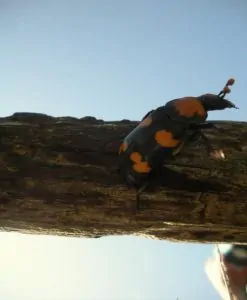

Sensitive natural resources include but are not limited to the following: Threatened and Endangered (T&E) species and their habitats, wildlife refuges, wetlands, and tribal burial grounds. These are areas where federal or states have identified protected resources. SCS Engineers has the expertise and credentials to perform surveys for clients with projects requiring the identification of these sensitive resources, along with the regulatory permitting with specialization in threatened and endangered species, wetlands, and critical habitats.

Development and construction often occur near or within areas identified as sensitive natural resources. Responsible developers identify sensitive resources near or within their proposed project area as part of their development plans because protecting our nation’s natural resources is important. The protection of sensitive natural resources is the basis of the Federal Endangered Species Act, Clean Water Act, and National Historical Preservation Act. Projects under consideration in sensitive areas require special permits; without which projects can be shut down causing costly contractor delays and schedule disruptions. Post-permitting and the associated fines can be severe, so even if you are not a conservationist, it makes good sense to complete the permitting process before breaking ground.

When considering a project in potentially sensitive ecological areas, SCS Engineers recommends a constraint analysis be performed. The analysis will determine if the proposed project location is within wetlands, critical habitat, threatened and endangered species range, and other potential constraints. If it is, SCS recommends that a site assessment is performed and initiate agency consultation to protect the sensitive resources.
Both the permitting process and the preliminary ecological assessments are not difficult but do require credentialed specialists. SCS has geologists, hydrologist, hydro-geologists, and environmental compliance professionals nationwide. SCS Engineers even has credentialed biologists for specialized threatened and endangered species monitoring and assessments for several species that include but not limited to the American Bury Beetle, Arkansas Shiner, Arkansas Darter, Topeka Shiner, Neosho Mucket Mussel, Rabbitfoot Mussel, Northern Longear Bat, and Indiana Bat in the Central U.S.
To determine if a project is within a sensitive natural resource area or to schedule an ecological consultation, contact .
About the Author: Vaughn Weaver

In addition, he has 15 years of water quality experience with National Pollution Discharge and Emissions Systems (NPDES) for point source and non-point source permits. Vaughn is also a Certified Wetland Delineator – USACOE.